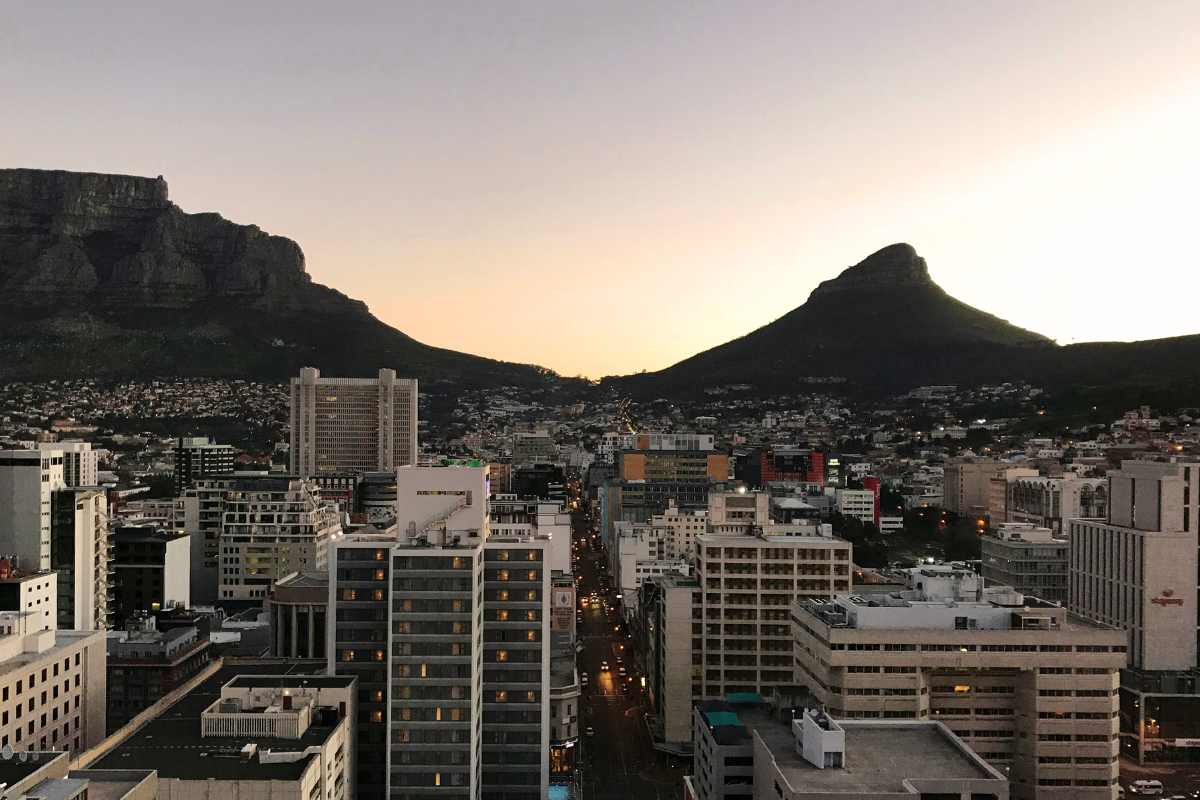It is essential to understand that a developer constructs a new sectional title scheme to make as much profit as possible. Developments in low-income areas will inherently result in different materials compared to high-income areas to suit the different target markets. A buyer in the upmarket Sandton area will insist on a higher, more costly finish than a buyer in Johannesburg’s southern suburbs. Sectional title units that are being constructed for long-term rental are likely to have different finishes than those that are constructed for sale. Those that are for sale will typically have a more attractive appearance. On the other hand, properties constructed for the rental market also strive for an appealing appearance, but developers tend to place a greater emphasis on minimising maintenance costs associated with the property.
When managing a building as either a Body Corporate Trustee or Managing Agent, the levy amount payable is always contentious. Therefore, as a long-term landlord, reduced maintenance costs will greatly affect the bottom line.
Each type of roofing has its own pros and cons.
With a particular focus on roofing, there are varying types with different quality levels. Zinc sheeting, for example, which is probably the cheapest roof to use, is generally not considered the most attractive roof type. It has a sheeting thickness ranging from 0.08 to 0.27 mm in 8 to 19-metre sheets. It is mainly used in low-cost housing because of its affordability and ease of construction.
Corrugated zinc roofs are the least expensive type of roof, with the thinnest profile being the cheapest to install. Contraindications would be that more rafters would need to be installed for the thinnest profile and serious damage could be caused by anyone walking on the roof. These roofs soon lose their shine and are prone to require regular maintenance to the nails, joints and ridges, and more importantly the flashings. Regular and continuous expenditure is required for the ongoing maintenance of corrugated iron roofing.
Coated iron roofs tend to be far more cost-effective and attractive. Chromadek, for instance, is a far stronger roof that has a coloured coating finish which makes it more appealing. It is less likely to require as much attention over time, and its profile is far stronger than simple corrugated iron.
Inverted Box Rib roofing, commonly known as ‘IBR’ has a stronger profile. It has higher ridges and far larger dips than corrugated iron. This means that it can cope with higher water volumes than corrugated iron (heavier rain) and thus allows for lower pitch requirements (steepness of the roof). Most leaks in iron roofs take place where roof nails are put through the sheets, especially as roof sheets expand in the heat from the sun and tend to elongate the nail holes.
For this reason, roofs that are held onto the roof from the inside or by hidden nails are far less likely to leak. One of the best roofs to use is Harvey Tile sheeting. This is a heavily coated steel plate, designed to resemble conventional roof tile. The connection to the roof is by nails through the sheeting onto the purloins which is covered by the next sheet that is laid. This makes these roofs very strong and long-lasting. Harvey Tile roofs are known to last more than 30 years with minimal to no maintenance needed!
Most modern townhouses have tile roofs, usually Coverland tiles They are clay or concrete tiles that normally come in A3-sized tiles that overlay each other top over bottom and side over side. Each tile is pined to the purloins by a nail which is covered by the next tile laid. While they are attractive roofs, their downfall is that they have flashings on the roof ridge and on any side joints. These flashings are vulnerable to our harsh sun and are the major cause of maintenance on tile roofs, having to be maintained about every three years. Tile roofs can be subject to damage by strong wind and are likely to be cracked if they are walked on without crawling boards. Proper design and the use of continuous roofs instead of individual roofs per unit can help overcome some of the disadvantages, such as the need for flashings. However, heavy rafters that are spaced too far apart remain a significant challenge. Poorly designed tile roofs are a major maintenance headache and replacement in severe cases with Harvey Tile can be a practical solution.
With blocks of flats, flat roofs are quite common, though again they need proper and regular maintenance. They used to be covered with waterproofing called malthoid which had to be installed using a heat process. Maintenance by coating with aluminium paint every three years was the standard treatment with total roof covering replacement every 10 years. A big problem here is roofs that are accessible to residents, such as wash line areas. Foot traffic is not recommended. An additional maintenance factor with these roofs would again be membranes along roof edges and outlet pipes. A leak in these areas can be difficult to detect and water will find any cracks in the concrete below the waterproofing. For instance, these types of roofs are particularly troublesome in KZN due to the dense vegetation and heavy rainfalls, which results in water penetrating the dwellings.
There are a wide range of other roof types which are less seldom used. These are ancient types of roofs and specialist roofs. Ancient types could be slate tile roofs, where stone tiles are set in tar, popular in the 1950/70s. Replacement tiles to match can be expensive and difficult to find. The tar hardens over time, making it difficult to remove single tiles when they need to be repaired. Similar in appearance are cement tiles that are sometimes used.
Thatch roofs serve specific purposes, particularly in game park lodge units. They add a different atmosphere to any home. Over time the number of people able to erect and maintain these roofs has tended to fall. They are expensive to put up and maintain. Although they can be treated for fire, they are still at substantial fire risk resulting in substantially higher insurance premiums on properties with thatch roofs. It is also worth noting that the installation of lightning rods is also required in areas prone to electric storms.
If the quality of the building work is not up to standard, roofs can be difficult and expensive to repair/maintain. Repair refers to fixing the problem, such as installing additional brandering or trusses while maintenance refers to regular work that needs to be done to keep the roof in good waterproof condition for example, the three-year repainting of a flat malthoid roof.
Sometimes the constant repair and maintenance of a poorly designed roof with poor workmanship can be more expensive than repairing the problem once and for all. Typical of this would be a roof that continuously leaks, has tiles that fall out, and lots of places that need to be resealed on a constant basis. Remember that roofs are subject to the forces of nature, so a tile roof that has weak construction is likely to move in normal winds, opening up any sealing that has been done to keep the roof waterproof. In this case, it may be more economical to replace the tile roofs with Harvey Tile, which does not need such a heavily constructed roof structure and will sit quite comfortably on the weaker roof framework. It is not necessary to do all the roofs in the complex at the same time but rather to do those which cause the greatest problems until more funds are available to provide the same solution to the worst of the remaining roofs. Over time all the roofs can be changed.
From a developer’s point of view, I would suggest that the cheapest option is not always the best option. Many buyers would be more than happy to spend a little more on buying their home if they know that they have the best roof option with the lowest maintenance possible. Complicated roofs are more expensive to maintain, so a design with the simplest roof possible while giving the most affordable attractive design is always preferable.
Managers and Trustees in Sectional Title Schemes should make the most sensible decision when faced with roof maintenance problems. In the long run, the expenses associated with continuous roof problems and maintenance might outweigh the cost of replacing the faulty roof with a low-maintenance alternative.
Written by: Mike Spencer
Please note: The opinions expressed within the content are solely the author’s and do not reflect the opinions and beliefs of the website or its affiliates.




[…] Source: SAIV […]